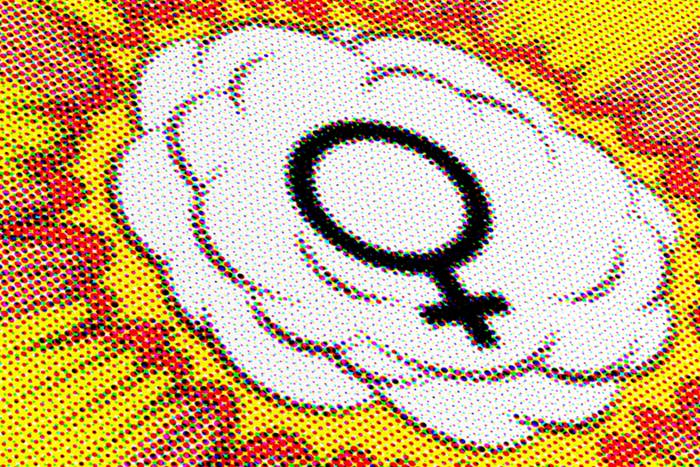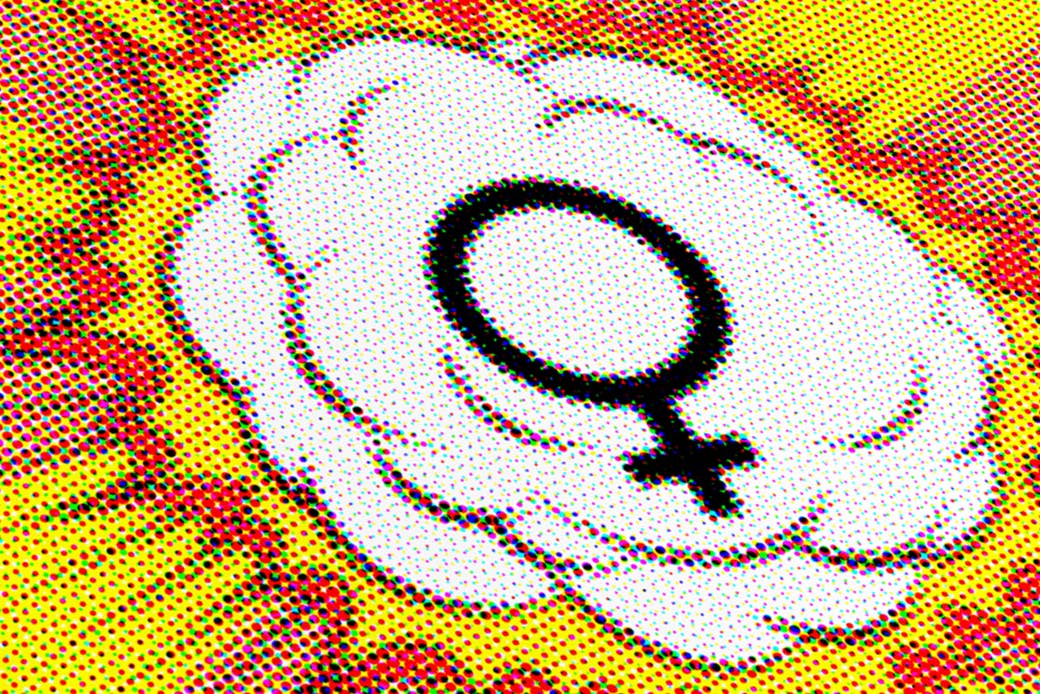
Kelly Sue DeConnick moved around a lot as a child in the '70s. Her dad served in the U.S. Air Force, which meant that home was wherever he happened to be stationed. For a while, that was at Hahn Air Base in Germany, where DeConnick didn't know the language or have access to movies and TV. What she did have were comic books.
"The base bookstore, The Stars and Stripes, had an entire wall of comics," says DeConnick. "On weekends at the swap meet you could get stacks of them from the G.I.'s. Wonder Woman was big for me. So was Vampirella. But I read anything I could get my hands on."

